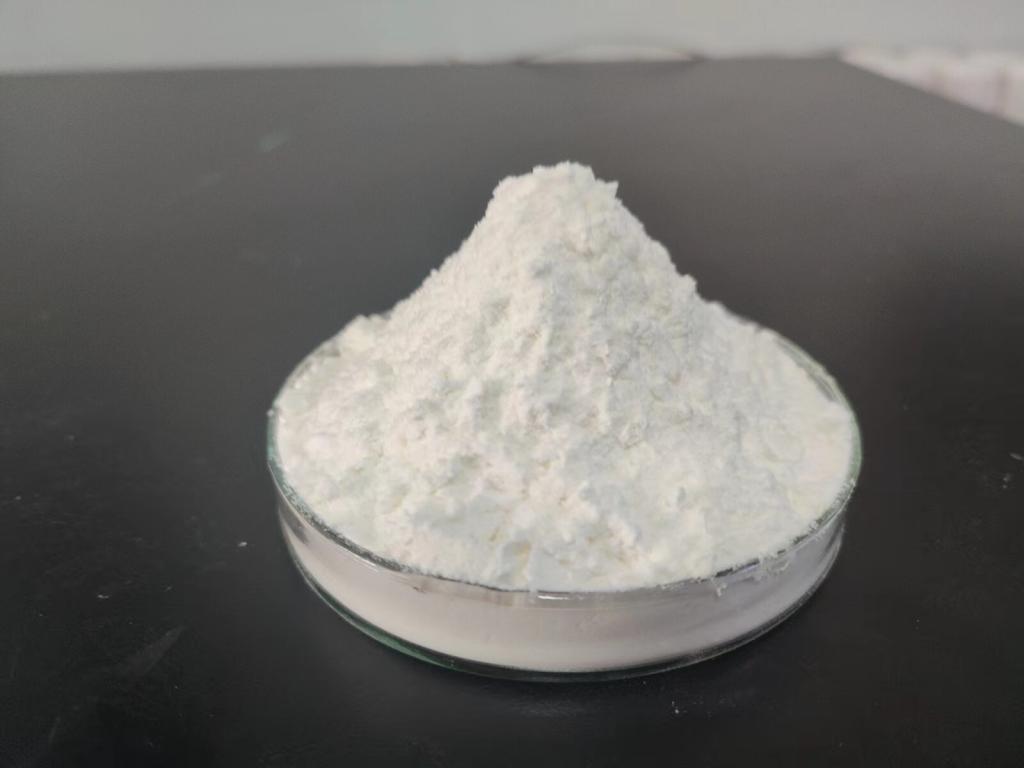Tel:+8618231198596

News
 CONTACT
CONTACT
 CONTACT
CONTACT
- Linkman:Linda Yao
- Tel: +8618231198596
- Email:linda.yao@dcpharma.cn
- Linkman:CHARLES.WANG
- Department:Overseas
- Tel: 0086 0311-85537378 0086 0311-85539701
News
Combining ε-Polylysine hydrochloride with other preservation techniques for enhanced efficacy.
TIME:2024-09-14
Understanding ε-Polylysine Hydrochloride
ε-Polylysine (ε-PL) is a cationic polymer synthesized through microbial fermentation. It possesses strong antimicrobial properties, particularly against Gram-positive bacteria, and is effective in controlling foodborne pathogens such as Listeria monocytogenes and Staphylococcus aureus. Its hydrochloride form enhances solubility, making it more applicable in a variety of food products. Despite its effectiveness, ε-PL·HCl's performance can be optimized when used in conjunction with other preservation techniques.
Synergistic Effects with Other Preservation Techniques
Combined with Heat Treatment: Heat treatment, such as pasteurization or sterilization, is commonly used to eliminate microorganisms. However, heat alone may not be sufficient to control all pathogens, especially in products that are not fully cooked or undergo minimal heating. Adding ε-PL·HCl post-treatment can help to inhibit the regrowth of any surviving bacteria, thereby enhancing the overall safety and extending the shelf life of the product.
Paired with Refrigeration: Refrigeration slows down microbial growth, but some pathogens can still survive and multiply at low temperatures. Integrating ε-PL·HCl with refrigeration can create a dual barrier, where the cold temperature limits microbial metabolism, and the ε-PL·HCl prevents the growth of residual or newly introduced pathogens.
Integrated with Modified Atmosphere Packaging (MAP): MAP involves altering the atmosphere surrounding food products to extend shelf life and maintain quality. By reducing oxygen and increasing carbon dioxide, MAP creates an environment less favorable for most aerobic bacteria. Adding ε-PL·HCl to the packaging material or directly to the food can further suppress the growth of microorganisms, creating a synergistic effect that enhances the preservative capacity of the packaging.
Used alongside Antimicrobial Coatings: Antimicrobial coatings, which can be applied to the surface of food products or packaging materials, are another effective way to control microbial growth. When ε-PL·HCl is incorporated into these coatings, it provides a sustained release of antimicrobial agents, ensuring continuous protection against pathogens.
Combined with Freeze-Drying: Freeze-drying removes water from the food, significantly reducing the water activity (aw) and thus limiting microbial growth. However, residual moisture can still support the survival of some microorganisms. The addition of ε-PL·HCl to freeze-dried products can act as a secondary defense, ensuring that any remaining microorganisms are inhibited.
Benefits of Integrated Approaches
Enhanced Food Safety: By employing multiple preservation methods, the risk of microbial contamination is significantly reduced, leading to safer food products.
Extended Shelf Life: The combined use of ε-PL·HCl with other techniques can extend the shelf life of foods, reducing waste and providing consumers with fresher products.
Preservation of Quality: These integrated approaches can help maintain the sensory and nutritional quality of food products, ensuring that they retain their original taste, texture, and appearance.
Challenges and Future Directions
While the combination of ε-PL·HCl with other preservation techniques shows great promise, there are challenges to be addressed:
Formulation and Application: Developing formulations that allow for the effective incorporation of ε-PL·HCl into various preservation techniques requires careful study to ensure stability and efficacy.
Consumer Acceptance: Ensuring that consumers understand and trust these combined preservation methods is crucial for market acceptance.
Conclusion
The integration of ε-Polylysine hydrochloride with other preservation techniques represents a significant advancement in food safety and quality assurance. By leveraging the synergistic effects of these methods, the food industry can better protect consumers and enhance the longevity and appeal of food products. As research continues to uncover new applications and optimize existing ones, the future of food preservation looks increasingly promising, with ε-PL·HCl playing a pivotal role in innovative, multi-faceted approaches to food safety.
- Tel:+8618231198596
- Whatsapp:18231198596
- Chat With Skype







